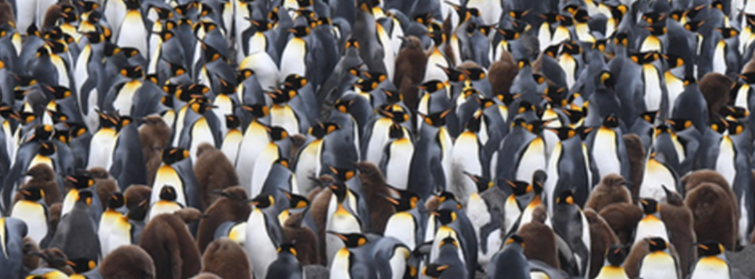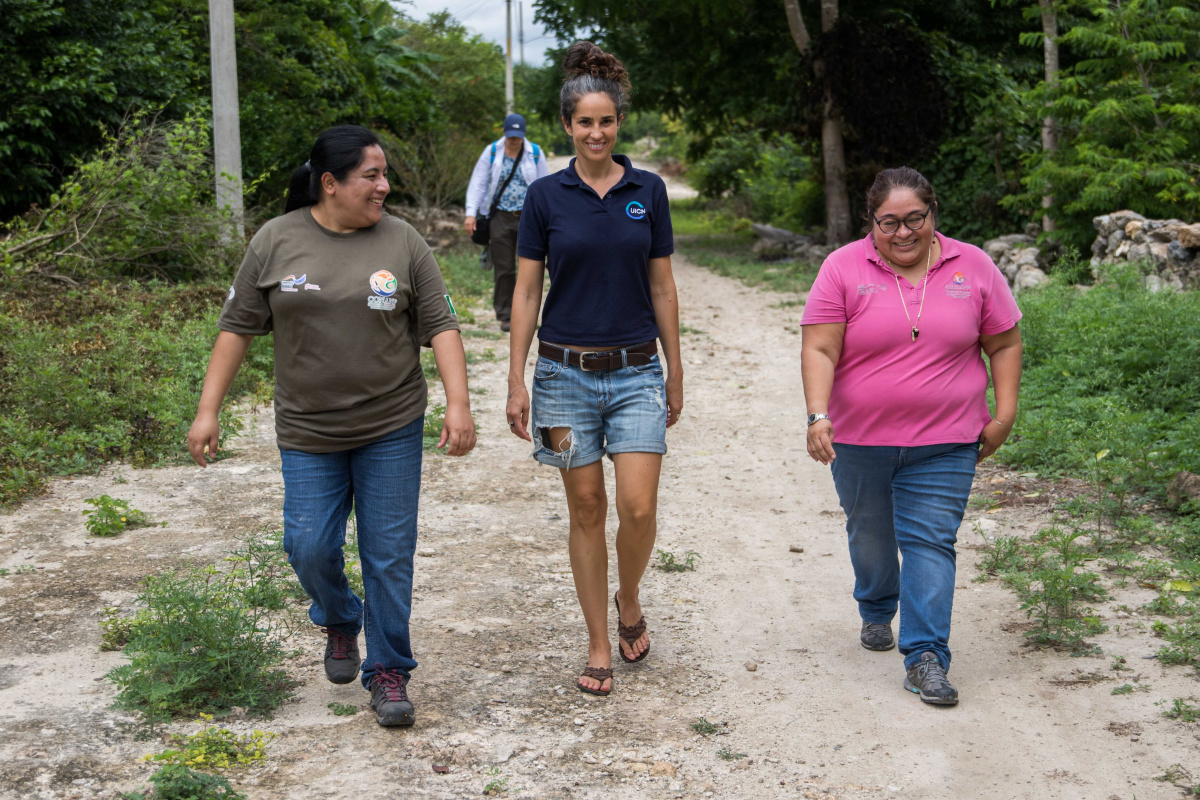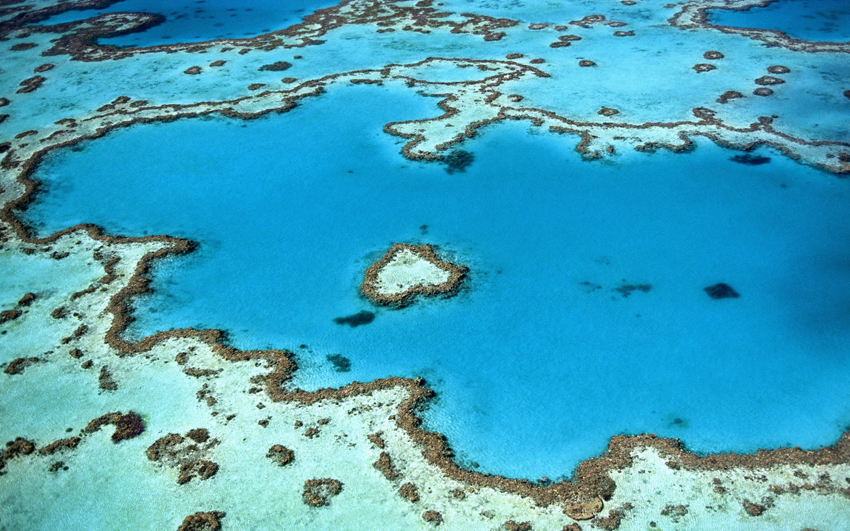World Heritage sites: Havens for Biodiversity in a Changing World
On this year's International Day for Biological Diversity 2024, the IUCN World Heritage Team is shining a spotlight on the crucial role that World Heritage sites play in the global agenda to conserve and protect biodiversity. Since the inception of the World Heritage Convention in 1972, IUCN has played a key and unique role in World Heritage as the global advisory body on natural World Heritage under the Convention.
In the run up to CBD COP16 and tying into this year’s International Day for Biological Diversity theme of “Be Part of the Plan”, holistic integration of World Heritage into National Biodiversity Strategic Action Plans (NBSAPs) is essential in catalysing action for biodiversity conservation. The universal and globally important nature of World Heritage highlights its role as an essential tool for countries in meeting and implementing the objectives of the Kunming-Montreal Global Biodiversity Framework and the UN Sustainable Development Goals.
Natural and mixed World Heritage sites (of which there are 266 spanning across 111 different countries) represent nature’s most precious gifts to all of humanity globally. However, the contribution of World Heritage to biodiversity spreads beyond natural sites with around 20% of cultural sites (more than 160 additional sites) also being located in Key Biodiversity Areas. Together they cover more than 3.5 million km2 (1% of the earth’s surface) but are home to 20% of mapped global species richness.
Within these sites are some of the most unique and globally threatened species and the intact ecosystems in which they inhabit. These range from the French Austral Lands and Seas (France), home to over 50 million birds and the largest individual populations of King Penguins and Yellow-nosed Albatross, to the Tehuacán-Cuicatlán Valley: originary habitat of Mesoamerica (Mexico), in which the world’s densest forests of highly threatened columnar cacti (up to 1800 cacti per ha) can be found.
 Photo: © IUCN / Wendy Strahm
Photo: © IUCN / Wendy Strahm
With around 1 million animal and plant species at threat of extinction today, World Heritage sites were found to represent a haven for over 20,000 globally threatened species according to a joint assessment by IUCN and UNESCO published in 2023 (see full assessment here). More than 80% (~ 1000) of the world’s remaining Endangered Mountain Gorilla (Gorilla beringei beringei) populations can be found in 2 World Heritage sites (Bwindi Impenetrable National Park, Uganda, and Virunga National Park, DRC). Despite remaining challenges across the range, the subspecies has also recently been downlisted from Critically Endangered to Endangered on the IUCN Red List of Threatened Species, driving hope of recovering populations.
World Heritage sites, as the world’s most iconic places, are the litmus test for area-based and species conservation and can serve as inspiration and models for effective conservation solutions. Examples include the internationally commended Aldabra Atoll cleanup project which removed over 25,000 kilograms of marine debris from the site in 5 weeks. The Aldabra Atoll World Heritage site (Seychelles) is the last remaining stronghold of the Aldabra Giant Tortoise (Geochelone gigantea), the second largest tortoise species, with around 100,000 individuals. Read more about this and other World Heritage solutions on the PANORAMA Solutions platform here.
 Photo: © IUCN - Elena Osipova / German Soler
Photo: © IUCN - Elena Osipova / German Soler
World Heritage is also uniquely positioned in securing large-scale ecosystem integrity and connectivity that is critical for biodiversity conservation and to contribute to the global goal to effectively protect 30 percent of land and seas by 2030.
Challenges remain, however, in ensuring the world’s most precious places continue to be preserved. The 2020 IUCN World Heritage Outlook for example found that around a third of natural World Heritage sites are facing severe threats from factors such as climate change, invasive alien species, infrastructure developments and unsustainable resource use. Urgent actions are therefore needed to address the current biodiversity and climate crisis.
Through the World Heritage Leadership Programme, IUCN and its partners, as well as the BIOPAMA programme, are working directly with protected area and site managers, Indigenous peoples, heritage professionals and national governments to enhance the protection and management of World Heritage sites.
About IUCN and the World Heritage Convention
Since the inception of the World Heritage Convention in 1972, IUCN has played a unique role as the official advisory body under the World Heritage Convention on natural World Heritage. This involves leading the technical recommendation of all new nominations of natural and mixed World Heritage sites, monitoring the status of existing natural and mixed World Heritage sites and the newly added Preliminary Assessment process to provide direct advice on the feasibility of potential nominations to states parties.
IUCN also works independently on the Convention to support World Heritage sites globally though our extensive network of programs and policies led though our central Secretariat team, our expert commissions, and our member organisations.
Find out more about IUCN's work on World Heritage here.
Disclaimer
Opinions expressed in posts featured on any Crossroads or other blogs and in related comments are those of the authors and do not necessarily reflect the opinions of IUCN or a consensus of its Member organisations.
IUCN moderates comments and reserves the right to remove posts that are deemed inappropriate, commercial in nature or unrelated to blog posts.



